The first impression of birds is often the magnificent sight of soaring in the blue sky and spreading their wings. However, there are indeed some birds in the world that, although they also have wings, are unable to fly. Below we will introduce ten flightless birds in the world, let us learn about them together.
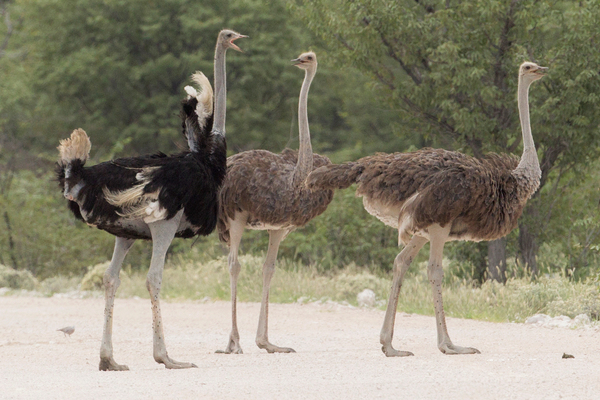
1. African Ostrich
The African ostrich (scientific name: Struthio camelus) belongs to the Ostrichidae family and is one of the largest birds on earth. The height of ostriches can reach 2.5 meters, and the weight of male ostriches can even reach an astonishing 150 kilograms. Their bodies are strong and powerful, like the king of the desert, traveling freely in the desert grasslands and savanna areas of Africa.
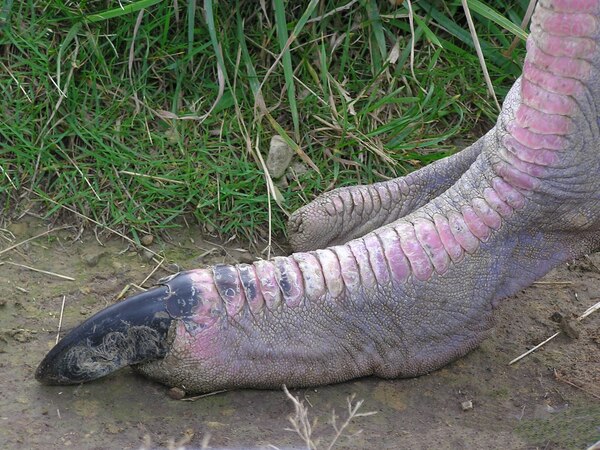
The African ostrich has a distinctive appearance. Its long, snake-like slender neck supports a relatively small body. head. Features of the head include a short, flat mouth made of several horny sheaths, giving it a triangular shape. Their keels are underdeveloped, which is an important reason why they cannot fly. Additionally, the African ostrich is the only bird known to have two toes.
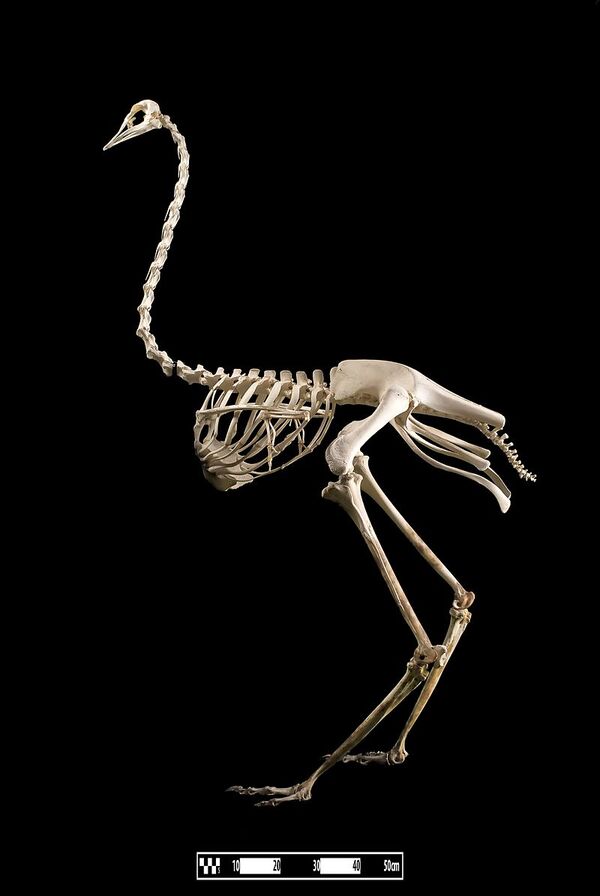
These ostriches usually live in the vast desert grasslands and savannas of Africa, where they are known for their unique appearance and behavioral style. A unique landscape of the region.
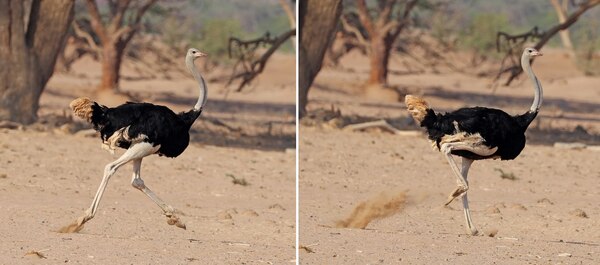
In addition to its unique appearance, the African ostrich is also economically important. Its feathers, leather and meat are favored by people, so it is widely raised and utilized in many countries.
2. Emu
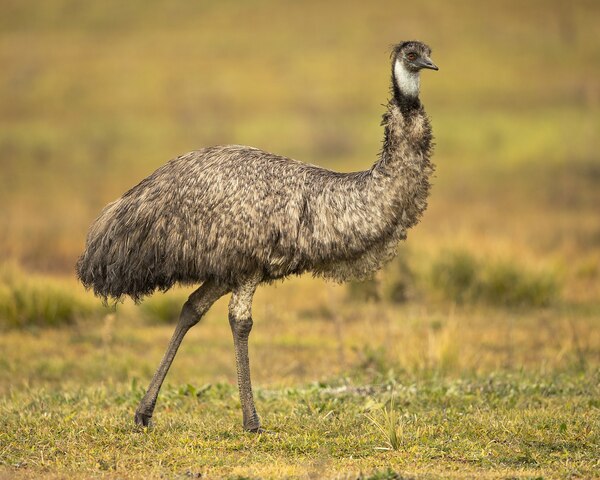
The emu, whose scientific name is Dromaius novaehollandiae, is a special species in the family Emuidae. They are approximately 150 to 185 centimeters tall and weigh 30 to 45 kilograms. They are a unique species in Oceania and are world-famous for their excellent running abilities. As the second largest bird in the world, after the African ostrich, it is also called the Australian ostrich.
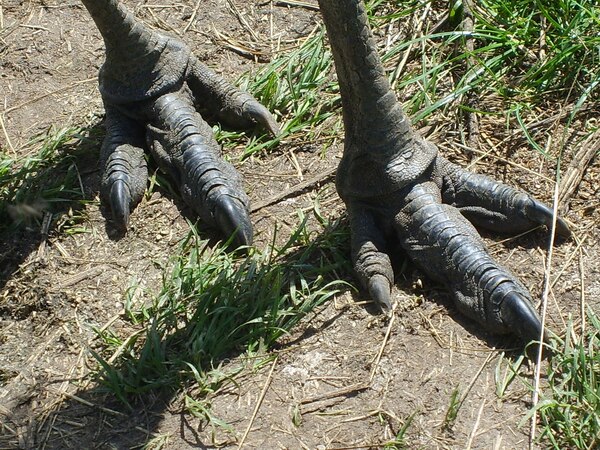
Like other flightless birds, emus' wings have become more degraded, rendering them unable to fly. Compared to African ostriches and American ostriches, emus have more simplified wings. In addition, emus have three toes on their feet, which is one of the differences between them and other large birds. In addition, according to research, the emu is one of the oldest birds in the world and has a long evolutionary history.
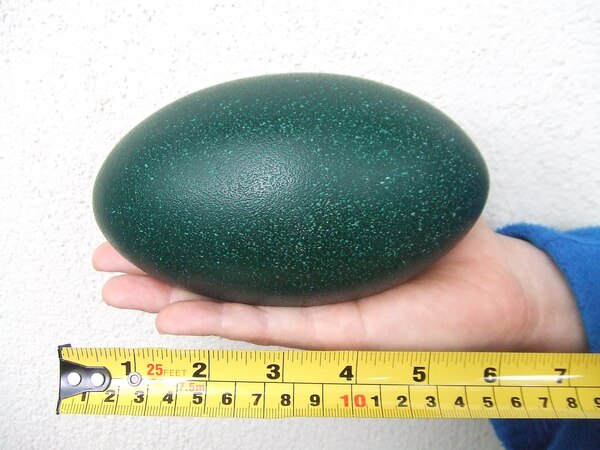
Because emu are easy to raise and adaptable to life, they have been widely introduced to other countries and established habitats everywhere . In many zoos in China, visitors can see emus.
3. Great American Ostrich
The great American ostrich (scientific name: Rhea americana) is a bird of the order Ostrichidae and has five subspecies . With a body height of about 1.6 meters and a weight of up to 25 kilograms, they are an important large bird in South America. The great rhea is also known as the three-toed ostrich, so named because it has only three toes on its feet. Although they are unable to fly, their wings are relatively well developed.
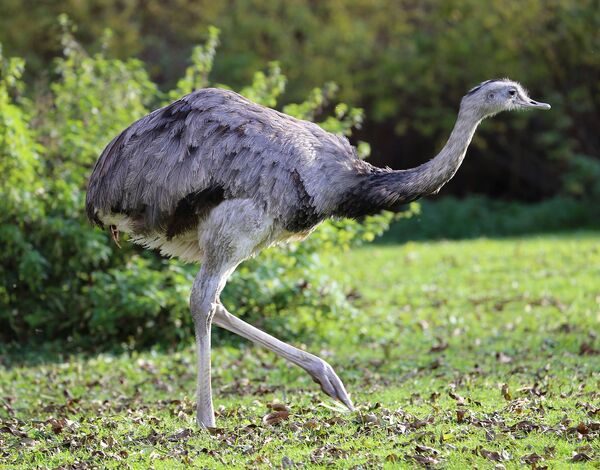
This sturdy bird is mainly found in sparse forests, shrubs and grasslands in South America, and likes to be in open areas Life. When great American ostriches walk, they often close their wings and sway their necks, which looks very interesting. When they start running, their strong and powerful feet can span a distance of more than 1 meter. At this time, the wings on their backs will stretch out, and their heads and necks will bend, showing a spectacular and fast running scene.
4. Cassowary
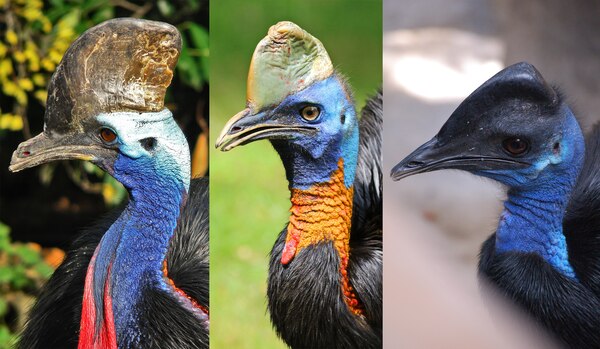
Cassowary (scientific name: Casuarius), also known as Cassowary, belongs to the order Cassowary and the Cassowary family. , a total of 1 genus and 3 species. As the third largest bird in the world, the cassowary is second only to the ostrich and the emu, with a height of 1.5 to 1.8 meters. Some individuals can even reach 2 meters in height and weigh up to 60 kilograms. Known for their large size and ferocious aggression, they are considered one of the most dangerous birds in the world and have few natural predators.
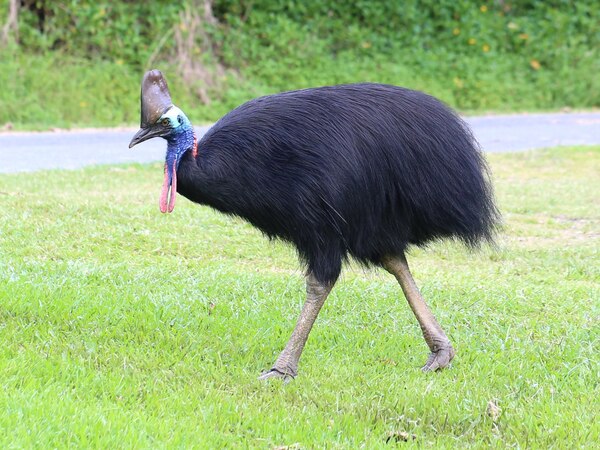
Cassowaries are mainly distributed on various Pacific islands including New Guinea. Locally, they are known as "demon-like" birds by locals and are known for their aggressiveness and irritability. Cassowaries can run at speeds of up to 50 kilometers per hour, and they also have three dagger-sharp toes with strong gripping ability and can jump up to 2 meters high in the air, which makes them great for hunting and defense. Becoming very threatening.
5. Kakapo
The kakapo (scientific name: Strigops habroptilus) is the only flightless parrot in the world and one of the largest parrots. one. Mainly found in New Zealand, it is famous for its unique courtship methods.
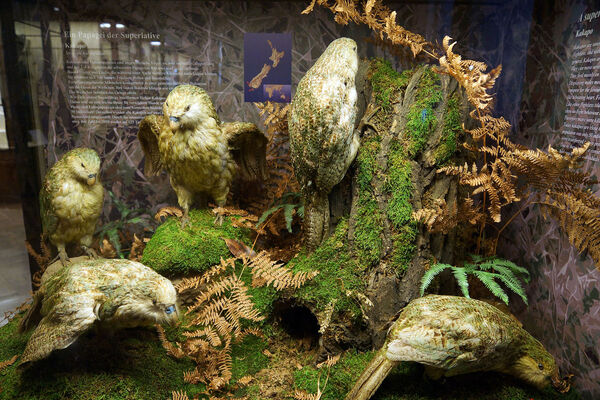
The kakapo uses its 132-decibel sound for courtship, and the distance it travels is staggering. Their calls can travel at least 1 kilometer in the dark, and even up to 5 kilometers at night when wind and weather conditions are good. According to statistics, the kakapo calls for an average of eight hours and can make nearly a thousand calls a night.
6. Penguin
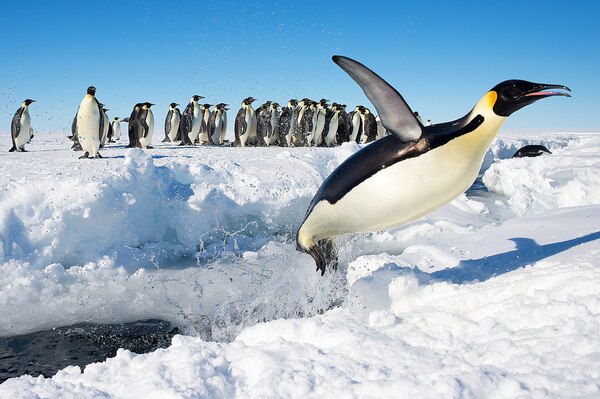
Penguins (scientific name: Spheniscidae) are known as the "ships of the ocean" and are one of the oldest swimming birds in the world. It is speculated that they may have settled in Antarctica before the earth wore ice armor. There are 18 species of penguins in the world, most of which are found in the Southern Hemisphere.
Penguins mainly live in the southern hemisphere and belong to the order Penguinidae and Penguinidae. They have a series of unique characteristics, including the inability to fly, feet at the lowest part of the body, giving them an upright posture, webbed toes, plantigrade behavior (unlike other birds that rest on their toes), fin-like forelimbs, and a long back. Black with white belly. Different species of penguins have certain differences in head color and body size.
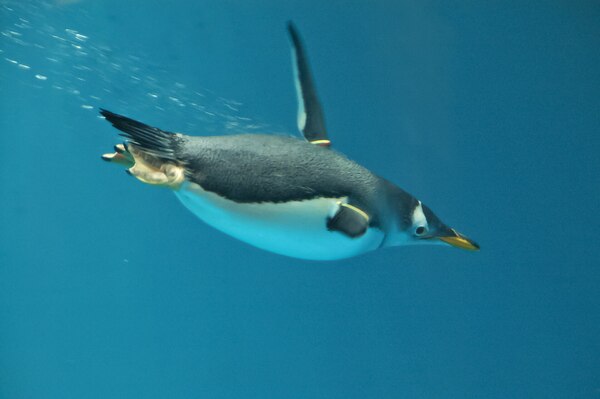
These characteristics make penguins a very distinctive bird, famous for their unusual appearance and living habits. . Penguins live in the extreme environment of the Antarctic continent and have adapted to the extremely cold climate and icy ocean environment. They usually feed on fish and other marine life and are an integral part of the Antarctic ecosystem.
7. Peruvian Grebe
The Peruvian grebe (scientific name: Podiceps taczanowskii) is a loon that does not have the ability to fly and is mainly distributed in South America. They have a black head, white neck, heather-colored back feathers and wings, and are unique in that they have a pair of bright red eyes.
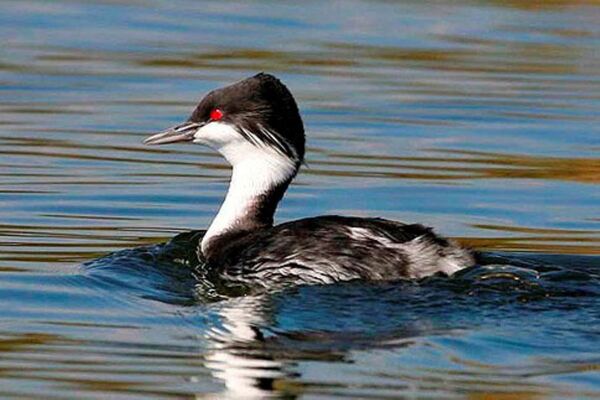
Peruvian grebe inhabits freshwater lakes and swamps among plants. It spends almost its entire life cycle in the water and often Group form of habitat. Because it is not good at flying, the Peruvian grebe mainly relies on its feet when swimming in the water and rarely walks on land. They are good at diving for food, and their general diving depth is only between 1 and 4 meters.
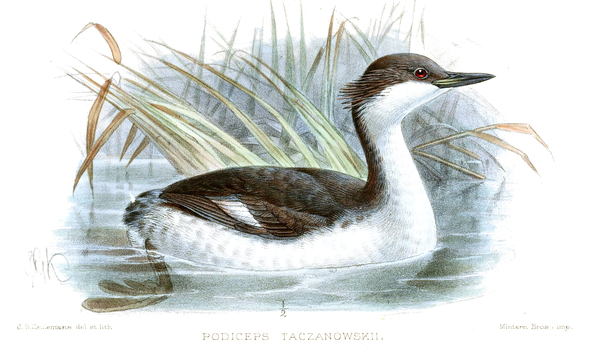
In terms of food, Peruvian grebes mainly feed on aquatic insects and their larvae, crustaceans, molluscs, smallThey feed on fish and aquatic plants, and their ability to catch prey underwater is excellent.
8. White-headed Boat Duck
The white-headed duck (scientific name: Oxyura leucocephala) is a gregarious teal belonging to the Anatidae family. They are mainly found in South America and have some characteristics very similar to those of South American grass geese. The White-headed Boat Duck is a terrestrial bird that is good at diving and has basically lost its ability to fly. Instead, it uses its wings to help itself dive in the water.
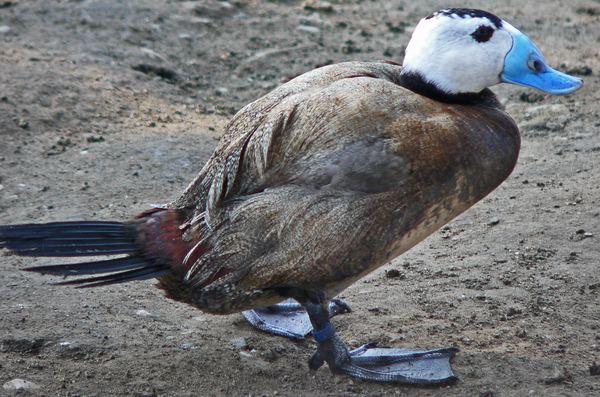
Male white-headed ducks have a strong sense of territory and often feed on fish, crustaceans, molluscs, etc.
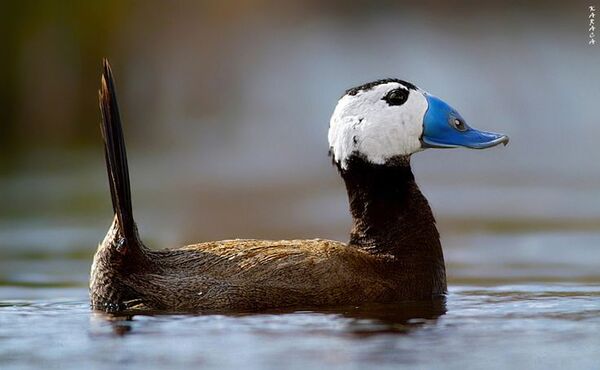
The white-headed duck is the only species of duck unique to Argentina. It is mainly distributed along the coastline, but its number is quite rare. Their distribution range is mainly concentrated in the province of Chubut, southern San Jorge and northern Santa Cruz.
9. Short-winged boat duck
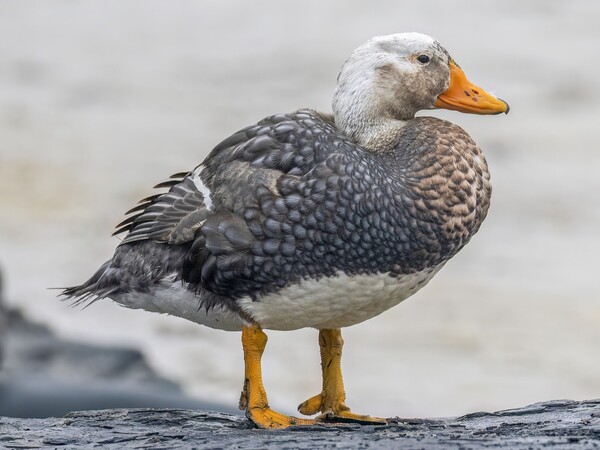
The short-winged duck (scientific name: Tachyeres brachypterus) is about 65 cm long and is a flightless teal. When they float on the water, their wings are rounded and swing like a rowing oar, hence the name "boat duck." The male Short-winged Ship Duck has a white head and neck with some brown and brown feathers.
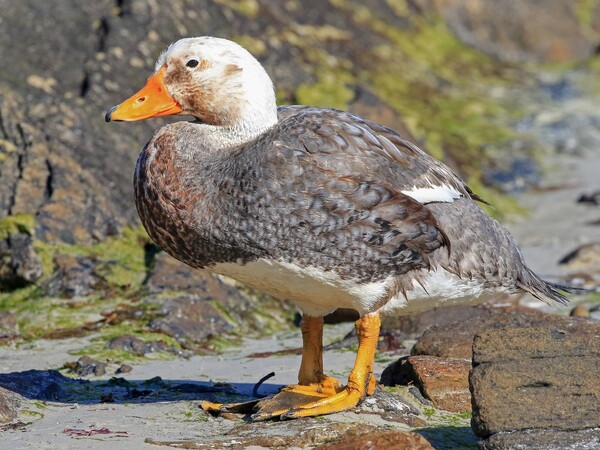
Short-winged boat ducks are mainly found in the Falkland Islands. They inhabit steep cliffs, seaside beaches and saltwater lagoons. Their food mainly includes animal foods such as crustaceans, molluscs, shrimps and small fish. Small groups of a few to more than 20 can usually be seen feeding in the shallows and on the surface of the water.
10. Snipe and Ostrich
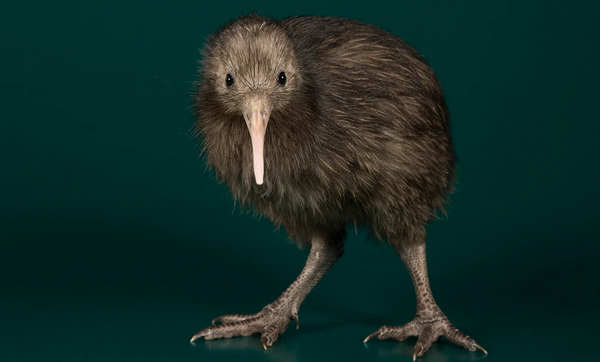
The snipe, also known as the kiwi or kiwi, is a species unique to New Zealand and the national bird and symbol of New Zealand. . They are about the size of an ordinary rooster and, like ostriches, cannot fly.
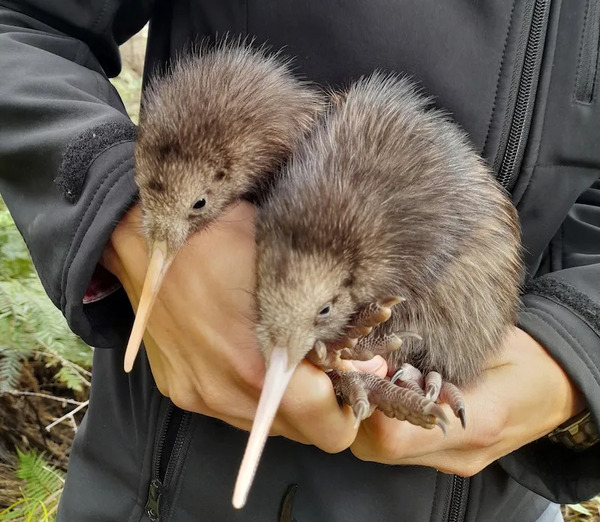
The snipe is famous for its unique view of love. Among birds, they are representatives of the typical "monogamous" system. Their lifespan is about 30 years, and if nothing unexpected happens, they will stay together until the end of their lives. If one party dies unexpectedly, the other party will spend the rest of his or her life alone.
animal tags:
We created this article in conjunction with AI technology, then made sure it was fact-checked and edited by a Animals Top editor.